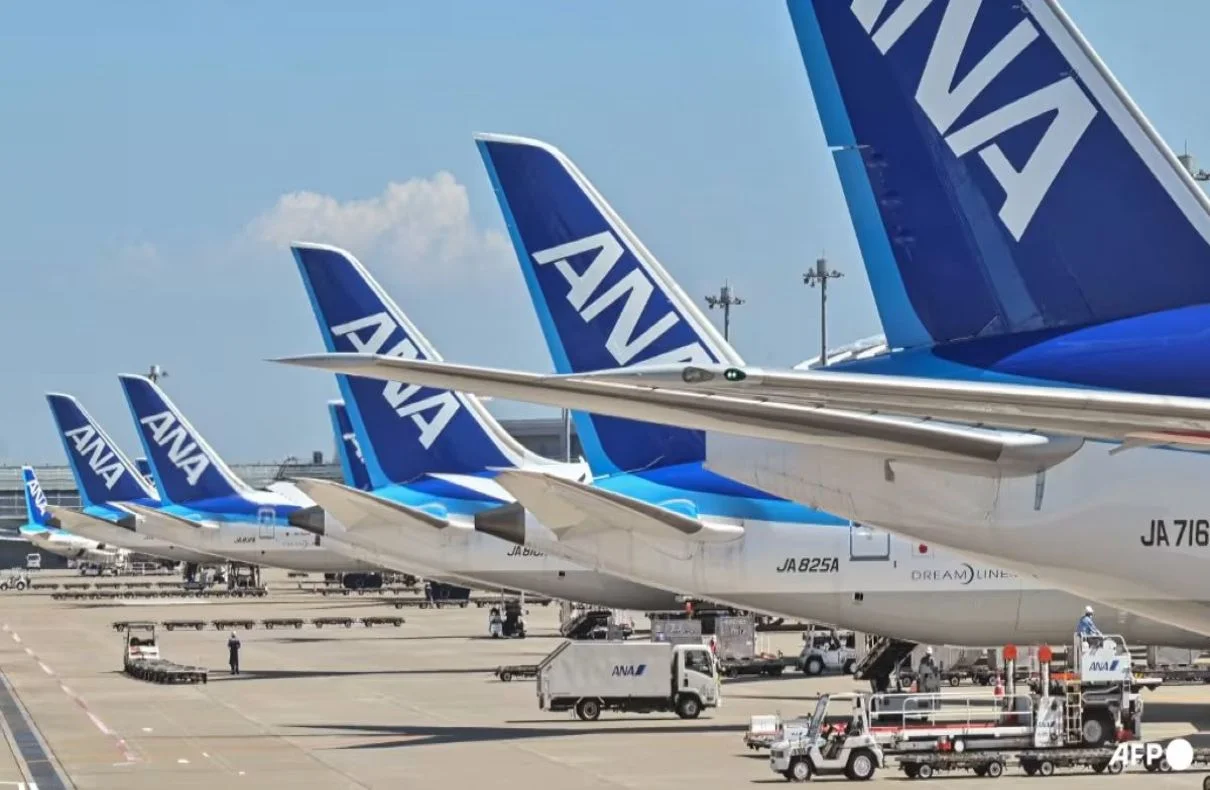
In a recent incident, a US-bound All Nippon Airways (ANA) flight was forced to return to Tokyo after an intoxicated passenger allegedly bit a cabin crew member mid-flight. The incident highlights the growing concern of unruly behavior and aggression from passengers on planes.
On Tuesday, flight ANA 118 departed Tokyo’s Haneda Airport on its way to Seattle. Approximately an hour into the journey, a male passenger reportedly bit a female flight attendant, causing minor injuries. The cabin crew members quickly restrained the intoxicated passenger. As a result of the incident, the pilot decided to turn the plane around and return to Haneda Airport.
Alaska Airlines Flight Makes Emergency Landing in Portland Airport
The ANA spokesperson confirmed that the male passenger was detained by the police upon landing in Tokyo. However, they did not disclose the identity of the individual involved in the incident. The Tokyo Metropolitan Police Department provided limited details on the case, leaving the public with unanswered questions.
Unfortunately, this is not the first incident of mid-air biting. In 2022, two separate cases occurred involving passengers on flights operated by American Airlines and Delta Air Lines. Both individuals were fined by the Federal Aviation Administration for their actions, with penalties amounting to $81,950 and $77,272 respectively. These fines represent the largest ever levied against individual passengers for disruptive behavior on aircraft.
The recent incident on the ANA flight adds to the growing list of reported cases of bad behavior and aggression from passengers. Just a few days prior, an American Airlines flight had to be diverted to a Texas airport after a passenger allegedly assaulted a flight attendant and a police officer. These incidents highlight the need for stricter measures to ensure the safety and well-being of both passengers and crew members.
The incident on the ANA flight is not an isolated event within the aviation industry. In recent weeks, there have been several incidents involving Japanese airlines. On Saturday, a domestic ANA flight had to turn back after a crack was discovered in the cockpit window. Fortunately, no one was injured, and the crack did not affect the flight’s control or pressurization.
American Airlines Passenger Accused of Punching Flight Attendant
In another incident, an ANA aircraft collided with a Delta Air Lines plane at Chicago’s O’Hare International Airport. Once again, there were no reported injuries. Additionally, Korean Air and Cathay Pacific planes clipped wings at an airport on Japan’s northern island of Hokkaido, causing no injuries but highlighting the need for enhanced safety protocols.
The increasing number of incidents involving unruly passenger behavior has raised concerns within the aviation industry. Airlines and regulatory authorities have recognized the urgency to tackle this issue effectively. To address this problem, several measures have been implemented to deter and handle disruptive behavior on flights.
-
Crew Training: Airlines are providing extensive training to cabin crew members to equip them with the necessary skills to handle unruly passengers. This training includes conflict resolution, de-escalation techniques, and self-defense strategies.
-
Passenger Awareness: Airlines are also focusing on raising awareness among passengers about the consequences of unruly behavior. This includes in-flight announcements, safety videos, and informational materials emphasizing the importance of respecting fellow passengers and crew members.
-
Legal Consequences: Regulatory authorities have increased the penalties for disruptive behavior on aircraft. These penalties not only include fines but also potential criminal charges and imprisonment for severe cases of unruly behavior.
The incident on the US-bound ANA flight serves as a reminder of the need for increased vigilance and stricter measures to address the issue of unruly passenger behavior. Airlines, regulatory authorities, and passengers themselves all play a role in ensuring the safety and comfort of everyone on board. By implementing comprehensive training programs, raising awareness, and enforcing appropriate consequences, the aviation industry can work together to mitigate the risks associated with unruly behavior on flights.
